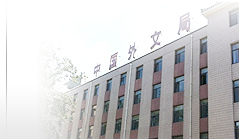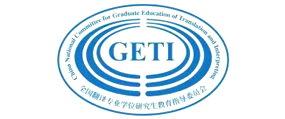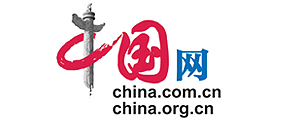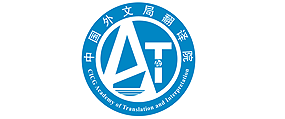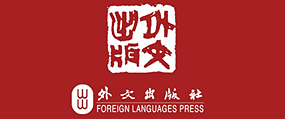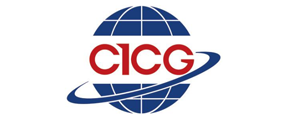携手合作
2009年国际翻译日的主题号召全世界翻译工作者以全新的视角看待携手合作。
行业评论家们称,独善其身的翻译工作者告别孤芳自赏的日子已经指日可待了。这并非说大规模集体化已迫在眉睫,其实在这种,确切说是在这类语言文字行业中,很大一部分附加值仍然是由非常个性化的服务创造的。2009年国际翻译日的主题号召全世界翻译工作者以全新的视角看待携手合作。
但是,技术和变化的市场打破了种种樊篱。今天,世界各地的译者可以真正参与到全球性的对话之中,赋予传统的工作方式以新意,并创造新的机遇。而更高的客户要求、更复杂的项目和更紧迫的时限也更突出了彼此间交流观点、信息和经验的重要性。
请思考:
l 翻译服务方和客户之间的交流互动有助于更好地理解文本目的,使双方认识到优秀译文的影响力。毫无疑问,无论是文学翻译、技术翻译、口译、术语翻译或是字幕配译,无论客户就在马路对面还是在五个时区以外,如果他们能够参与到翻译进程当中,都会有利于提高译文质量,并最终创造更好的工作条件。问题是:如何才能让客户更好地参与翻译过程?
l 新的翻译标准强调审校的重要性。这意味着至少要通过两个人审校,但在实践中,审校者可能更多。问题是:人多是否会造成味杂?还是借此促进译者之间的交流?
l 多语种翻译项目正在增多,要求各语言团队之间加强协调与互动;一个语言团队的解决方案可能启发到全球范围内的合作伙伴。越来越多的项目需要语言工作者们通力合作,项目管理也因此显得更加重要。问题是:翻译服务方应如何借鉴、改进或创新工作模式,从而实现迅速而有效的合作?
l 翻译实践与翻译理论及信息管理息息相关:为了更好地服务于单语种的出口商和出版商,促进文化交流,丰富科学思辨,翻译工作者在越来越多地利用术语专家的成果,以及一些学术成果。问题是:如何才能充分利用本不太相干的众多人士的智慧,获得最佳效果?
l 对于行业协会和其他翻译服务机构而言,即时接触不再遥不可及。跨境联系只需一封电子邮件便可实现,网络扩大了机构的范围和影响力,这对于过去几代语言工作者而言只是一个梦想。问题是:富创新力的协会是如何使用这些新资源来提升行业标准、增强影响力的?
各国协会在庆祝国际翻译日之时,会研究如何用新的方式开展“携手合作”,从而让译者能更好地发挥语言的力量,帮助全世界人民更好地学习、工作和生活。以上这些问题都将成为2009年国际翻译界的焦点。
国际译联是职业口笔译工作者和术语工作者协会的国际联盟,拥有来自60多个国家的107名会员组织,代表着8万余名专业工作者的利益。
(付蕾翻译,苑爱玲审定)
附:英文原文:
2009 International Translation Day
Working Together
The 2009 theme for International Translation Day invites translators around the world to take a fresh look at why and how it pays to join forces.
The days of the fiercely solitary translator working in splendid isolation are numbered, say many industry observers. Not that massive collectivization is in sight: in this language-sensitive profession—or, more accurately, set of professions—a large share of added value remains intensely personal.Working Together
The 2009 theme for International Translation Day invites translators around the world to take a fresh look at why and how it pays to join forces.
But technology and changing markets have broken down barriers. Today translators from around the globe can plug into a truly worldwide conversation that casts new light on traditional ways of working—and creates new opportunities. Even as the arrival of more demanding clients, more complex projects and tighter deadlines underscores the advantages of exchanging ideas, information and best practices.
Consider:
Personal interaction between translation providers and buyers leads to better understanding of a text’s purpose and increased awareness of the impact an outstanding translation can have. From literary and technical translation to interpreting, terminology, subtitling and more, there’s no doubt that clients who get involved in the translation process—be they across the road or five time-zones away—make for better quality texts, and, ultimately, better working conditions. Q: How can translation users best be brought into the process?
New translation standards emphasize the importance of revision. At its most basic, this means four-eye review, but in practice far more people can be involved. Q: Are too many cooks spoiling the soup, or is revision an opportunity for stimulating exchange among peers?
Multilingual projects are on the rise, encouraging coordination and interaction between language teams; a solution found in one language pair may provide insights for partners around the globe. And as more and more projects require linguists to join forces, project management has taken on new importance. Q: How can translation providers adopt, adapt or create methods for working together quickly and efficiently?
Practice meets theory meets information management: increasingly, translators and interpreters draw on the work of terminologists and, in some cases, academics, to better serve monolingual exporters and publishers, promote cultural exchange and enrich scientific debate.
Q: How can the insights of this multitude of players, who once worked in relative isolation, be harnessed to best effect?
For professional associations and other bodies serving the translation industry, access to once-remote contacts has never been easier. Cross-border contacts are an email away, and networking expands the reach and influence of institutions in ways that past generations of linguists could only dream of. Q: How are the most innovative associations using these new resources to raise professional standards and enhance their clout?
These and other challenges will be in the spotlight in 2009, as participating associations examine how “Working Together” in new ways, both formal and informal, can enhance translators’ ability to use the power of language to help people around the world live, learn and work together.
The International Federation of Translators is the world federation of professional associations bringing together translators, interpreters and terminologists. It has 107 members in over 60 countries and represents more than 80,000 professionals.

